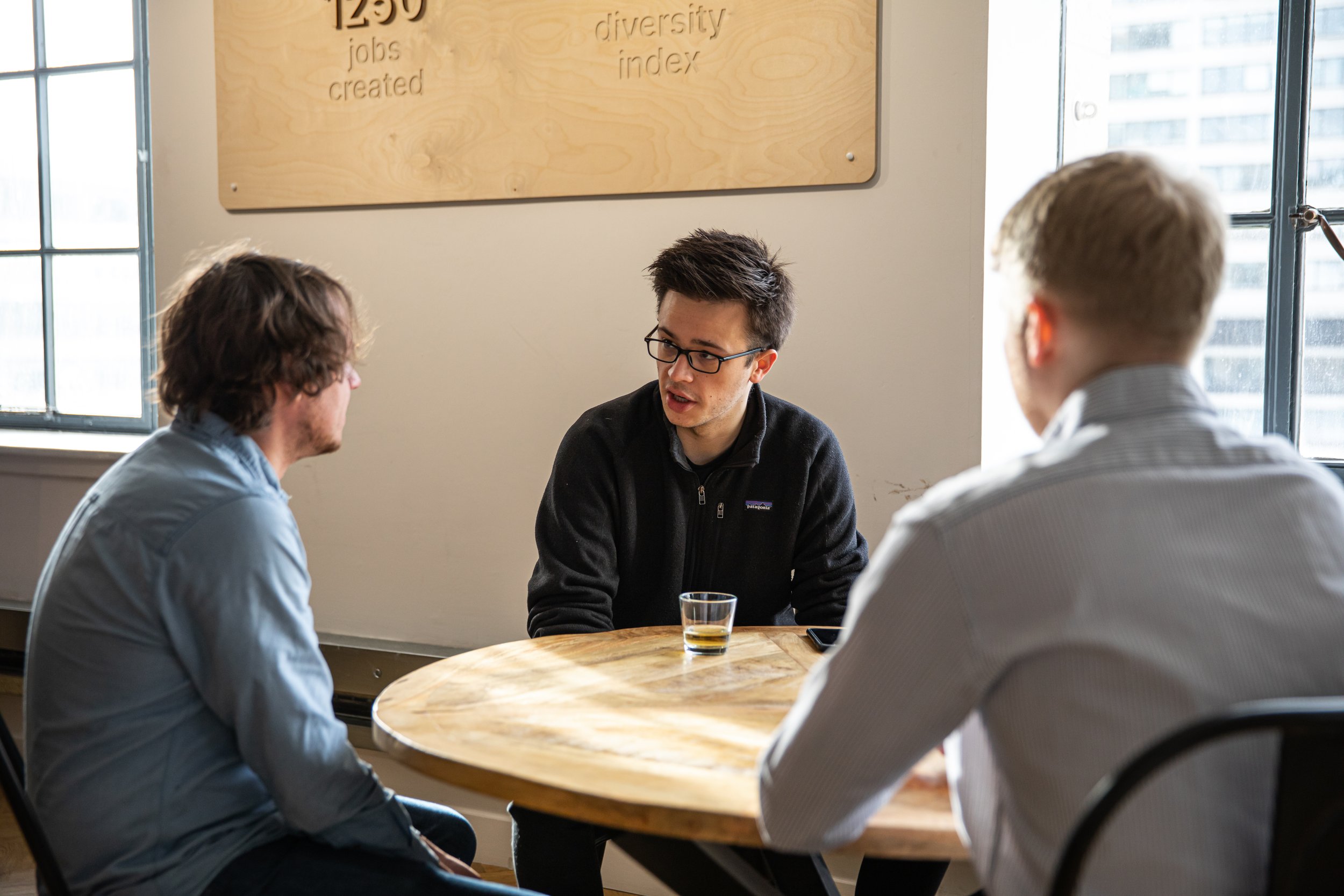Subak’s guide to building a community of climate not-for-profits
Subak is named after a cooperative water management system developed for Indonesian rice fields in the 9th Century. The system allowed for the sharing of critical resources to ensure the survival and growth of the community. Through Subak’s Data Cooperative, Accelerator, and Fellowship programmes, and the pooling of resources, knowledge and data, we’re supporting our community to maximise their climate impact.
We believe that intentionally designing and building the Subak community is a strategic lever to achieve Subak’s goals and to create impact at scale. In this blog, we’ll share the core principles and practical know-how that we’ve gathered so far from building a community from the ground up.
Setting the context
We have the following goals to create a supportive ecosystem which enables faster and better climate action:
Accelerating data-led climate not-for-profits though practical support for members
Fostering collaborative ways of working and partnerships between members to have a multiplier effect on impact
Building a data cooperative to make climate data connected, trusted and searchable, and climate interventions faster and more effective
So, what do we mean by community? Community for us is a unified body of individuals with a shared mission. Our intention is to nurture and grow a community of collaborators working towards a shared mission, in our case, to reverse climate change. To do this, we provide the conditions for connecting, relationship building and collaboration, identifying the practical support our community requires, and distributing relevant content.
For busy people, we’ve put together the Subak TL;DR of community building.
The TL;DR of community building
Start by running a discovery process to understand your community challenge: we use the Design Thinking process to research and analyse our community challenge, carrying out community and user research. Discovery is an ongoing process.
Onboarding is absolutely key: The key feature of all successful communities is a well designed onboarding experience. Focus effort here or plan to fail.
Create a community menu: Give your community members a way to understand how to pick and choose their level of engagement and to help direct them to the right places quickly.
Craft community rituals and real time events: Creating recognisable and regular rituals builds community. However, even the most informal events and activities require a format. This helps community members understand the value the activity has for them and what to expect.
Be intentional with content distribution: Create a community content plan and distribution method that recognises your communities’ needs for what, when and how.
Nurture niche sub-groups as part of your community: This allows for deeper relationships to form and collaboration to happen. Your job is to make sure silo communities don't form and the activity within niche groups is shared more widely.
Invest in your community team, including the community members that you discover are your early champions: It takes effort to build a flourishing community, but if you support your team and your community champions, your foundations will be set.
Lastly, build your community with your community: It’s back to Design Thinking to build, test, learn, and measure what matters to your community.
The core community building ingredients
Run a discovery process
At Subak, we’re building our community using an iterative process. This keeps us focused on our community members and helps us test things quickly. Our discovery process is carried out in sprints of about a month each time. There are 4 key features of a discovery process:
Community member research: Treat community building like customer or user research for a product. We create community ‘user needs’ statements and the value propositions around our community.
Build with your community: We run community journey mapping sessions and community idea generation sessions. To do this we use core exercises from Google Design Sprint.
Create minimal viable products: Launch lots of very small things and get feedback.
Create a roadmap for your community: Design this like you would for a product and identify key milestones. However, design these milestones around goals to address your challenge, not specific items or solutions. A motto we use is ‘fall in love with a problem not the solution’. This means you remain centred around community needs.
Onboarding is key
The key feature of all successful communities is a well designed onboarding experience. Focus effort here or plan to fail!
Invest time to design a solid onboarding experience: Map out the community member journey and identify what you will provide them and when, to ensure they become and remain engaged.
Be hands on up front: When you are building a community from the ground up, get to know all your early community members well. We book a ‘one to one’ with all new members in their first week. Sure, this is time intensive, but the insight you gain is ten times the time spent early on.
Establish new member rituals: For example, ‘Welcome Wednesday’, when all new members can come to an in real time event and meet other community members.
Onboard people to your community tech: Don't assume everyone is comfortable or knows how to effectively use your community tech (such as Slack). Create a clear ‘how to’ use your platform guide. This also helps prevent your online community channels getting messy.
Craft your community engagement points
The most important thing here is that even seemingly informal and small activities have been thought about and the intention set. This will also help with gathering data for your evaluation, ensuring you are able to effectively develop and iterate on your community strategy.
Create a ‘ways to engage’ menu: This will enable a community member to choose from a ‘pick and mix’ menu of ways they want to be part of your community. The menu needs it be designed to show the purpose, the type of activity, the format and the level of engagement required.
Be prepared to act as an PA: Subak’s community members are busy growing their not-for-profit start ups, so we need to make it as easy as possible to show up to the right thing. We set reminders up with all the key information.
Craft each event or activity: When we plan our formats, we start with what the community user need is and then map out what our community is thinking, feeling and doing before the event and then by the end of the event.
Supercharge engagement with your events: This is not just sharing details in advance, but also starting conversations and asking the community for input, for example, what are the key questions they want to ask? Follow up after an event with pictures, key takeaways and resources.
Be intentional with content distribution
The way you curate, create and distribute content needs to add value and be served at the right time. We treat the content distribution planning much like we do our social media.
Create a community calendar: Work closely with your MarComms team to ensure you share themes across external and internal community content.
Curate relevant content: Curated content is a big pull for community members because you've done the hard work for them. We ask our community members to share recommendations (books, twitter feed, podcast etc) as part of their onboarding. This helps us understand more about what our community wants, builds our bank of content and identifies gaps we can fill as curators.
Nurture niche groups
Niche groups allow for deeper relationships to form and collaboration to happen. Your job is to make sure silo communities don’t form and the activity within niche groups is shared widely. Are there projects or people who should be working together? Connect them!
Suggest niche groups around roles, industries or interest specific groups: We all value learning and sharing with peers, so encourage specific groups to emerge to facilitate this.
Reduce silos: Make sure the community manager is a member of niche groups and gathers relevant information to share more widely.
Invest in your team
Investing in your community team also includes the community members that you discover are your early champions. It takes effort to build a flourishing community but if you support your community champions your foundations will be set.
Experience matters: It’s critical to have a community manager that has experience of starting a community, or provide them with the guidance that they need if they lack the experience.
Identify super members: These are people who will help create a self-sustaining element of the community, so you should provide them with the recognition, tools and permission to flourish.
Lastly, build your community with your community
We are back to Design Thinking. If you build, test and learn with your community and measure what matters to your community, you're halfway there.
Embed insight gathering into your process: Gather insight on how to develop your community, what to do more of and do less of, and blue sky ideas for later on.
Decide on your success metrics: Decide and design how you’ll gather metrics and what matters.
Use Design Sprint techniques: We run community ideation sessions to discover new ideas for the community or better ways to carry on doing what you are doing.
Key takeaways
For us, above anything else, the key lesson learnt that we’d like to pass on to other community builders is investing in community early on. Discover as much as you can about your community needs and what exists for them already. Don't duplicate, your community should complement others, and fill a specific gap. It’s crucial to set the foundations, build habits, and be very hands on at first. Both of these then allow you to design a rock solid onboarding experience for new members.
Our community and collaborative focus is part of what makes Subak different from other accelerators and fellowship programmes. We create conditions for people working on climate change to scale their impact together.
If you are a community builder, we’d love to hear your thoughts. If you’d like to learn more, reach out to our community strategist, Erica.
Stay in the loop! Follow us on socials and sign up to our newsletter. You can also register your interest for the next Accelerator or Fellowship.


